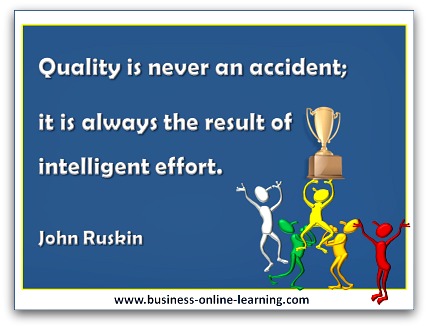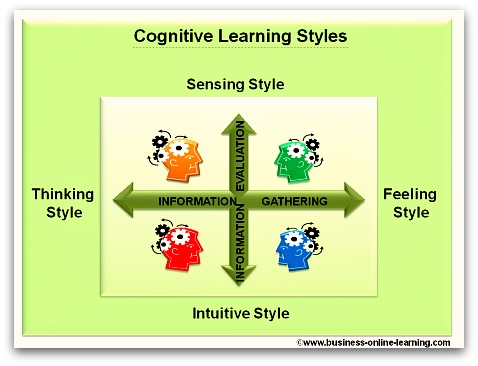How Do Quality Circles Work?
Quality Circles are any group of employees that meet in order to identify and solve any quality issues that may arise in their work area.
They will vary from organization to organization and will typically:
- Have between 5 and 20 members, usually from the same general area of work.
- Meet on a regular basis.
- Receive training in Quality and Problem-Solving techniques. For example the seven basic quality control tools, meeting skills, facilitation, team building and presentation techniques, etc.
- Be voluntary and people can opt out as and when they wish.
- Consider all members to have equal status.
- Receive help from a facilitator. (This will prevent help group-think from occurring.). Solutions are evaluated in terms of their cost effectiveness.
- Set their own agenda and lay out their own plans. Meetings are of short duration, but a large number are held.
- The findings, solutions and recommendations of the Q Circle are presented to management for approval.
- Enable the members to be empowered to implement improvements after consultation with their immediate manager.
- Monitor all changes implemented by evaluating the effects of the solutions.
- Review all activities of the group, related to the completed project.
Companies that have viewed these Q circles to be only one way of facilitating the help and support of their employees in seeking continuous quality improvement have found them to be enduring.
Pitfalls to avoid in Quality Circles:
Studies carried out on the success of Quality Circles found the following factors that worked against the immediate and also long-term success of the business:
- The emphasis that these circles are the only way to deal with issues arising.
- The human factor and the lack of willingness to part with insights and knowledge.
- Members of the circles or groups exercising positional power and those pertaining to a hidden agenda.
- The rate of change of personal or turnover rate. Depending on the longevity of the employment term, work in such groups can become fruitless.
- The culture within the organization, affecting the willingness to participate fully within the circle.
- The rewards by for work done as perceived by members of the circles.
So if you are going to set up Q Circles in your business, please be aware of these points and act accordingly. It wouldn't hurt to set a reminder for one years time to remind yourself to check these issues.
At the end of the day, we all want the business to be a success.
"My personal feeling is that this is how any further improvement of the world will be done: by individuals making Quality decisions and that's all."
Pirsig














 My name is Martha and I have worked for over 30 years in various aspects of business and in various countries, right around the world.
My name is Martha and I have worked for over 30 years in various aspects of business and in various countries, right around the world.